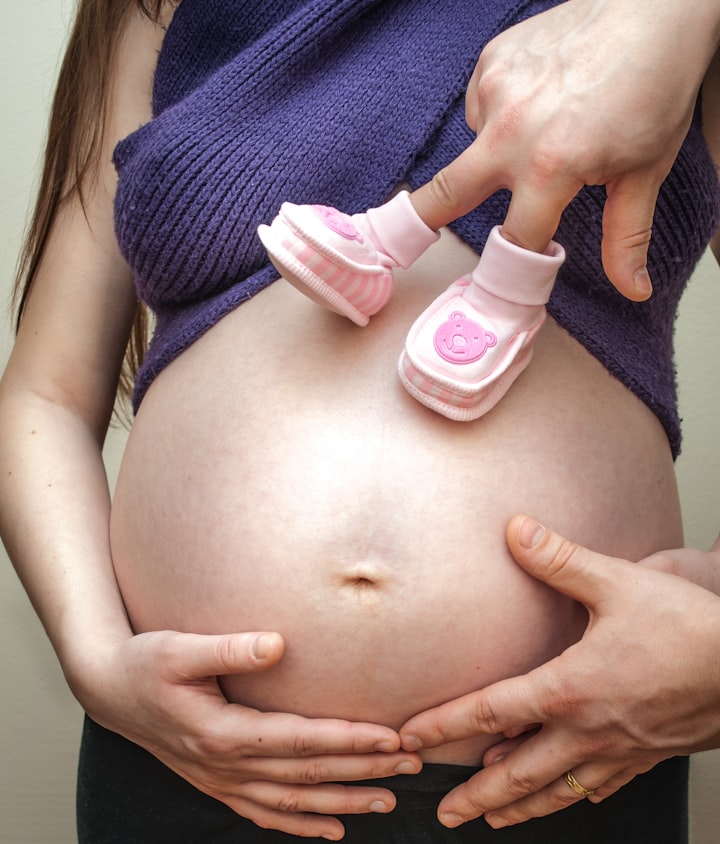25 Q&A About Childbirth: What to Expect
What to Expect during a Childbirth

1. What are the different stages of childbirth?
The different stages of childbirth are labor, delivery, and postpartum.
2. What are the signs that labor is starting?
The signs that labor is starting vary from woman to woman, but may include contractions, back pain, and bloody discharge.
3. What is the process of labor?
The process of labor begins with the onset of contractions and ends with the delivery of the baby.
4. What is the process of delivery?
The process of delivery begins with the expulsion of the baby's head and ends with the delivery of the baby's body.
5. What is the process of postpartum?
The process of postpartum begins with the delivery of the baby and ends with the return to pre-pregnancy weight and condition.
6. What are the different types of delivery?
The different types of delivery include vaginal delivery and cesarean section.
7. What is a cesarean section?
A cesarean section is a surgical procedure in which the baby is delivered through a cut made in the mother's abdomen.
8. What are the risks of a cesarean section?
The risks of a cesarean section include infection, hemorrhage, and injury to the baby.
9. What are the benefits of a cesarean section?
The benefits of a cesarean section include a lower risk of infection and hemorrhage, and a lower risk of injury to the baby.
10. What should I do if I think I'm in labor?
If you think you're in labor, you should call your doctor and go to the hospital.
11. What should I do if I'm in labor and I can't get to the hospital?
If you're in labor and you can't get to the hospital, you should call your doctor and go to the nearest emergency room.
12. What should I do if I'm in labor and the baby isn't coming out?
If the baby isn't coming out, you should call your doctor.
13. What is the difference between a normal delivery and a cesarean section?
The difference between a normal delivery and a cesarean section is that a normal delivery is done through the vagina, while a cesarean section is done through a cut made in the mother's abdomen.
14. What are the risks of a normal delivery?
The risks of a normal delivery include infection, hemorrhage, and injury to the baby.
15. What are the benefits of a normal delivery?
The benefits of a normal delivery include a lower risk of infection and hemorrhage, and a lower risk of injury to the baby.
16. What is the difference between a vaginal delivery and a cesarean section?
The difference between a vaginal delivery and a cesarean section is that a vaginal delivery is done through the vagina, while a cesarean section is done through a cut made in the mother's abdomen.
17. What are the risks of a vaginal delivery?
The risks of a vaginal delivery include infection, hemorrhage, and injury to the baby.
18. What are the benefits of a vaginal delivery?
The benefits of a vaginal delivery include a lower risk of infection and hemorrhage, and a lower risk of injury to the baby.
19. What should I do if I'm having a problem with my labor?
If you're having a problem with your labor, you should call your doctor.
20. What should I do if my baby isn't coming out?
If your baby isn't coming out, you should call your doctor.
21. What is the process of an induction?
The process of an induction is the medical induction of labor.
22. What are the risks of an induction?
The risks of an induction include infection, hemorrhage, and injury to the baby.
23. What are the benefits of an induction?
The benefits of an induction include a lower risk of infection and hemorrhage, and a lower risk of injury to the baby.
24. What is the difference between an induction and a cesarean section?
The difference between an induction and a cesarean section is that an induction is the medical induction of labor, while a cesarean section is a surgical procedure in which the baby is delivered through a cut made in the mother's abdomen.
25. What are the risks of a premature delivery?
The risks of a premature delivery include infection, hemorrhage, and injury to the baby.
About the Creator
Alain Saamego
Software engineer , Writer and Content Strategist at Selfgrow.co.uk
I'm a technology enthusiast, and I love learning about upcoming technologies. I also enjoy teaching and answering questions about new technologies.






Comments
There are no comments for this story
Be the first to respond and start the conversation.